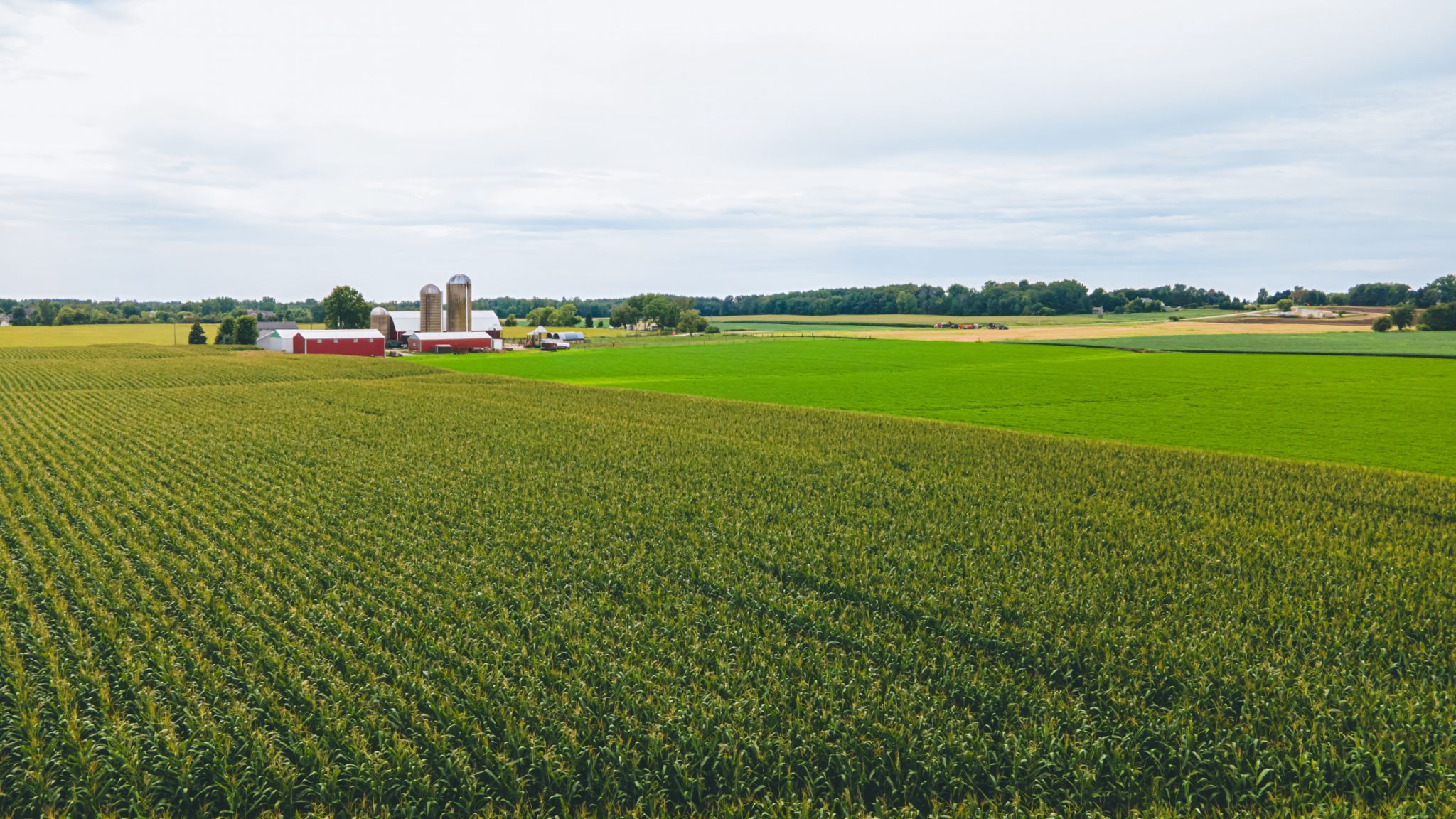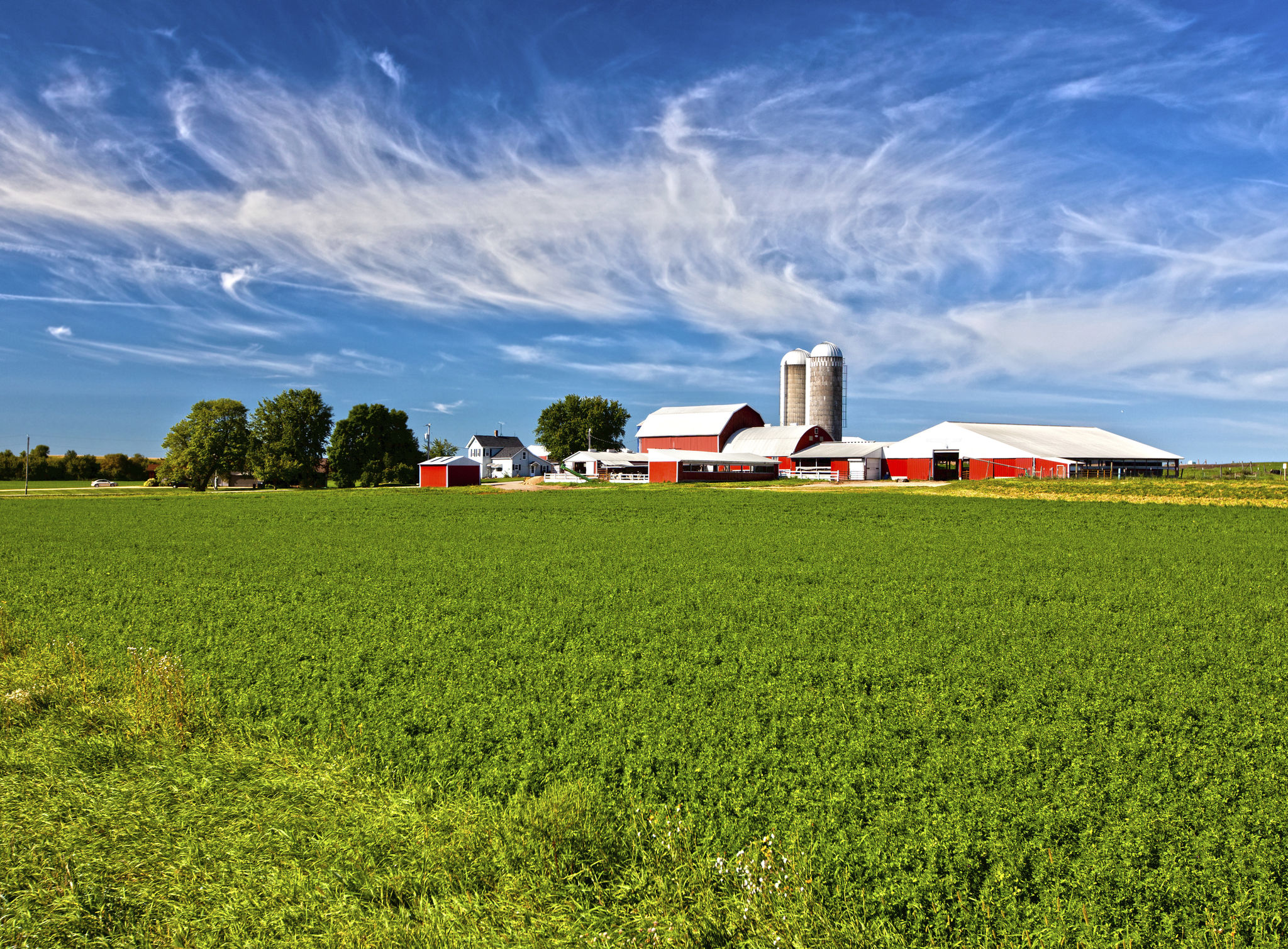Eco-Friendly Materials for Barn Restoration: Sustainable Choices for Your Project
Introduction to Eco-Friendly Barn Restoration
Restoring a barn is not just about preserving a piece of history; it's about making choices that are kind to the environment. With an increasing focus on sustainability, more people are turning to eco-friendly materials for barn restoration projects. These materials not only help reduce environmental impact but also offer durability and aesthetic appeal.
The key to a successful restoration lies in selecting materials that align with both the historical integrity of the barn and modern sustainability standards. By choosing eco-friendly options, you can ensure that your restoration project is not only beautiful but also environmentally responsible.

Understanding Sustainable Materials
Sustainable materials are those that have a minimal negative impact on the environment during their production, use, and disposal. They are often sourced from renewable resources and are designed to be reused or recycled. These materials contribute to reducing carbon footprints and conserving natural resources, making them an ideal choice for barn restorations.
When selecting sustainable materials, consider products that are certified by recognized environmental organizations. Look for certifications like FSC (Forest Stewardship Council) for wood products, which ensures the wood is sourced from responsibly managed forests.
Reclaimed Wood
Reclaimed wood is a popular choice for barn restoration due to its rustic charm and sustainability. By utilizing wood from old structures or salvaged pieces, you not only preserve the aesthetic of the barn but also reduce the need for new lumber, thereby conserving forests.

Natural Insulation Materials
Insulating a barn is crucial for maintaining temperature and protecting livestock or stored goods. Using natural insulation materials such as sheep's wool, cellulose, or cork can significantly increase energy efficiency. These materials are biodegradable and have low environmental impact compared to conventional insulation products.
Eco-Friendly Paints and Finishes
Choosing the right paints and finishes can greatly influence the sustainability of your barn restoration project. Opt for low-VOC (volatile organic compounds) paints, which emit fewer harmful chemicals into the air, improving indoor air quality. These paints are available in a variety of colors and finishes to suit any design preference.

For wood finishes, consider using natural oils like linseed or tung oil. These non-toxic options provide protection while enhancing the natural beauty of the wood. They penetrate deeply into the wood fibers, offering durability without compromising environmental responsibility.
Solar Panel Integration
Integrating solar panels into your barn restoration can be a game-changer in terms of energy efficiency. Solar panels harness renewable energy from the sun, reducing reliance on fossil fuels and lowering electricity costs. This sustainable energy source can power lighting, heating, and other electrical needs within the barn.
Conclusion: Making Sustainable Choices
Restoring a barn with eco-friendly materials is a rewarding endeavor that combines historical preservation with modern sustainability. By choosing sustainable options such as reclaimed wood, natural insulation, eco-friendly paints, and solar panels, you contribute to a healthier planet while maintaining the charm and functionality of your barn.

As more people become aware of the importance of environmental stewardship, these sustainable choices will continue to gain popularity in restoration projects. Whether you're restoring a barn for agricultural use or transforming it into a unique living space, eco-friendly materials provide a foundation for a project that respects both heritage and nature.